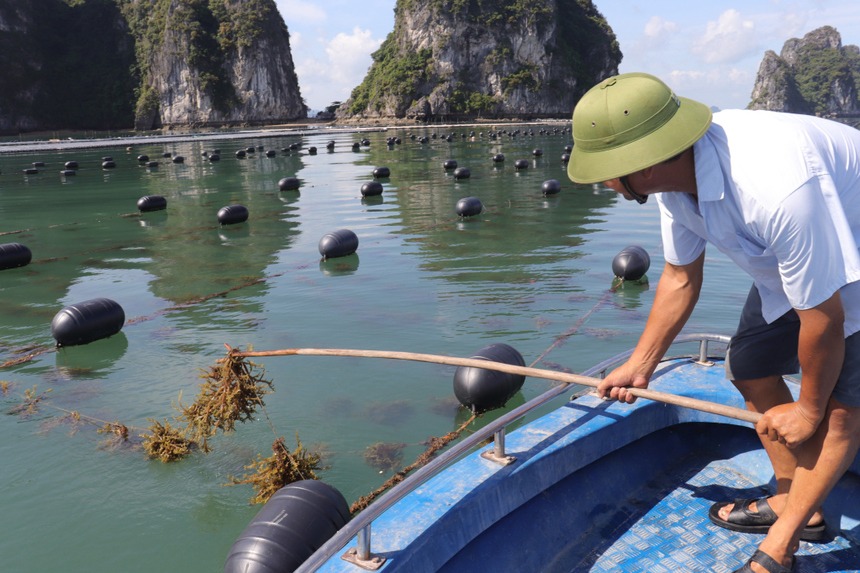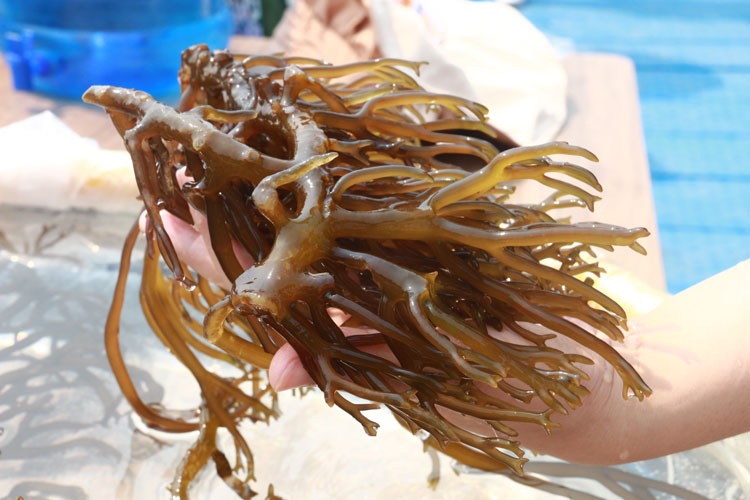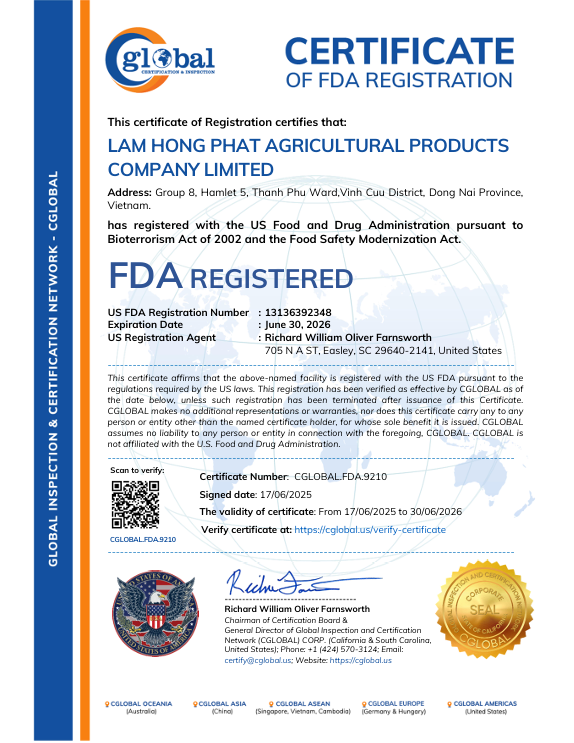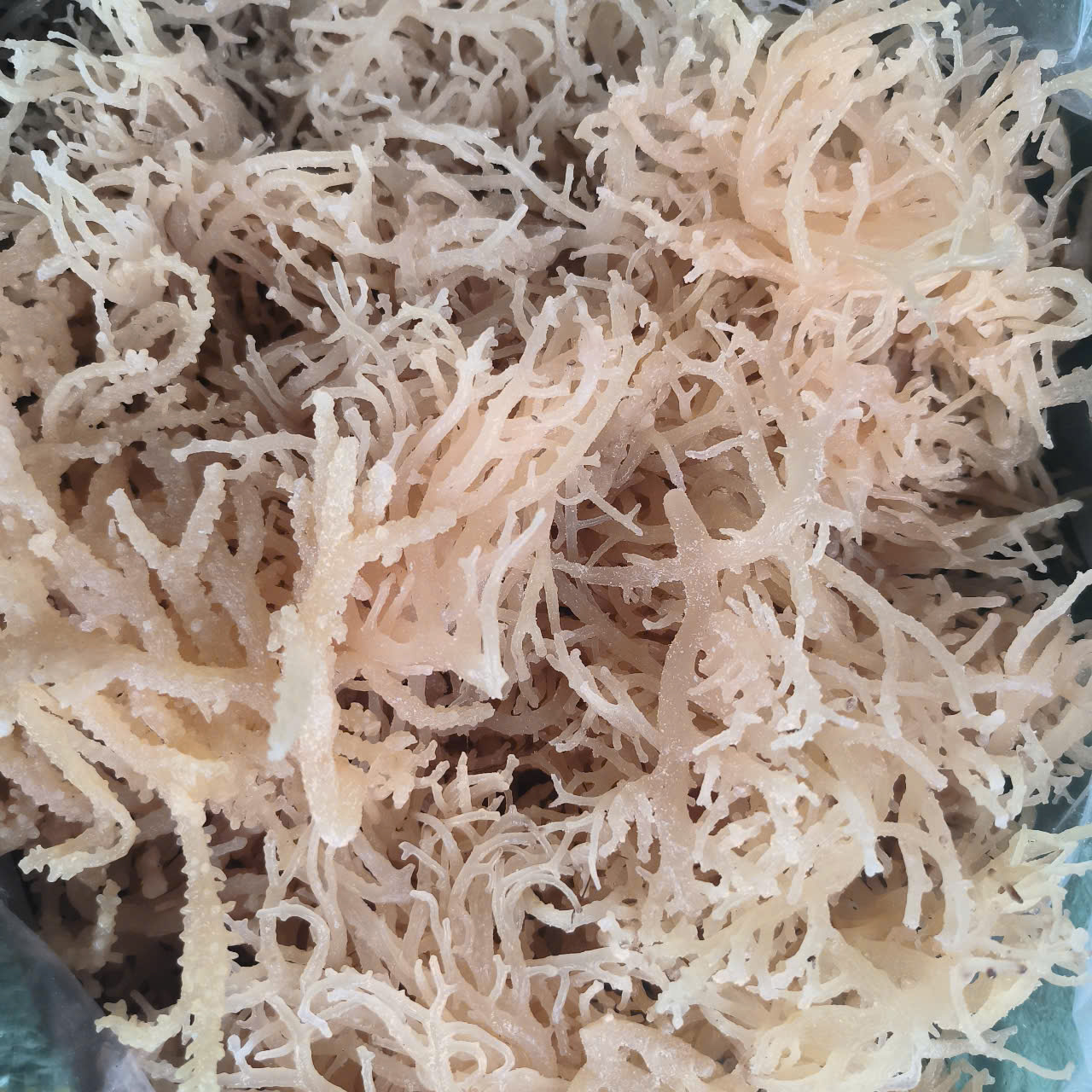In the seaweed supply chain, a seaweed importer and distributor plays a critical role in ensuring that products reach end consumers efficiently and meet market demand. These professionals serve as a vital link between seaweed producers, whether domestic or international, and global distribution channels, ensuring availability across multiple sectors such as retail, restaurants, and industrial manufacturing. Their contribution is essential to the overall success and sustainability of the supply chain.
In today’s clean-label, health-conscious market, seaweed has emerged as one of the most versatile and in-demand raw materials. From carrageenan in pharmaceuticals to alginate in cosmetics and sea moss in functional foods, manufacturers worldwide rely heavily on a stable and certified seaweed supply. Behind that smooth supply chain stands a vital bridge: the seaweed importer and distributor.
1. The role of seaweed importers and distributors in the supply chain
These specialized intermediaries don’t just handle logistics, they ensure the right seaweed reaches the right factory, in the right form, with the right certifications. In short, they’re the silent drivers of global seaweed-based production.
1.1 Importation:
- Market connectivity: Importers bridge the domestic market and international seaweed suppliers, expanding supply sources and diversifying product offerings.
- Quality assurance: They are responsible for ensuring that imported seaweed meets food, cosmetic, and pharmaceutical safety and regulatory standards.
- Customs and documentation management: Importers handle customs procedures and all necessary import documentation, ensuring compliance with legal requirements.
- Cost Optimization: They seek efficient transportation and warehousing solutions to reduce import-related expenses.
1.2 Distribution:
- Product Availability: Distributors ensure seaweed is readily available at retail outlets, supermarkets, food service providers, and manufacturing plants.
- Warehouse management: They manage storage facilities to preserve seaweed safely and effectively, maintaining freshness and bioactive properties.
- Cost optimization: By managing logistics and inventory costs, distributors help minimize waste and maximize profitability.
- Distribution Network Development: They build and maintain an extensive distribution network to ensure products reach consumers quickly and efficiently.
- Market promotion: Distributors implement marketing and promotional activities to enhance brand visibility and drive seaweed consumption across industries.
Seaweed importers and distributors play a vital intermediary role by connecting supply with demand and ensuring the smooth operation of the supply chain. Their contribution is essential to the development and sustainability of the seaweed market.
2. Bridging oceans and industries: why importers & distributors matter
The journey of seaweed starts in coastal waters, often harvested by small-scale farmers in Southeast Asia, Africa, or South America. However, without seaweed distribution companies that handle processing, documentation, logistics, and international compliance, most of this raw material would never reach high-standard manufacturing plants.
2.1 A seaweed importer and distributor plays key roles such as:
- Aggregating supply from diverse harvest zones
- Verifying quality and ensuring food-grade or cosmetic-grade classification
- Securing transport with moisture control and pest prevention
- Providing compliance paperwork for HACCP, Organic, ISO, GMP, or Halal certifications
- Matching specific product forms: flakes, powders, extracts, or whole leaf

Seaweed cultivation area at Lam Hong Sea Moss
2.2 Serving pharmaceutical, cosmetic, and food manufacturing
Each manufacturing sector has distinct requirements, and a trusted seaweed importer and distributor ensures every box is checked:
- Pharmaceuticals need purified carrageenan or alginate with medical-grade documentation (e.g., USP, EP standards).
- Cosmetics require uniform particle-size powders, often sourced from Gracilaria or Kappaphycus with specific traceability.
- Food manufacturers demand large-scale delivery of dried seaweed or gels that maintain consistent gelling strength and color.
This is why bulk seaweed distributors are so critical: they balance harvest fluctuations, manage quality across seasons, and coordinate storage, packaging, and distribution with precision.

Seaweed products about to be harvested at Lam Hong Sea Moss
2.3 The value of specialization in seaweed distribution
Not all distributors are created equal. Seaweed import-export distributors must maintain a dual capacity:
- Navigate local sourcing (with challenges like weather variability or regional regulations).
- Handle global trade routes, warehousing, customs, and client specs across continents.
2.4 Leading players in this field invest in:
- Cold-chain systems for moisture-sensitive products
- Digital tracking for traceability and lot management
- Multilingual teams to work with both harvesters and international clients
According to FAO’s 2022 seaweed market report, the global seaweed trade surpassed USD 10 billion. Distributors who master both upstream (harvesters) and downstream (manufacturers) operations hold the most leverage and reliability in the market.

Lam Hong Sea Moss product certification
3. How to become a seaweed importer and distributor?
Entering this field requires more than just logistics knowledge. You must understand harvest cycles, market needs, and certification protocols.
Steps to become a seaweed importer and distributor:
- Build sourcing partnerships: Work with trusted harvesters from certified farming zones.
- Obtain certifications: These include ISO 22000, HACCP, GMP, Organic, or Halal, depending on your markets.
- Understand regional regulations: For example, Europe allergen control, while the U.S. focuses on FDA registration.
- Set up storage & QA systems: Warehouses must manage humidity, pests, and contamination risks.
- Develop B2B channels: Network with food labs, pharmaceutical buyers, and cosmetic R&D teams via trade shows or online B2B platforms.

Lam Hong seaweed images
4. How to find a reliable seaweed supplier in Vietnam
In today's competitive supplier market in Vietnam, businesses may spend a considerable amount of time screening options to identify the most suitable partner. To streamline the process and make an informed decision, companies should consider the following factors:
Define your needs and objectives:
- Type of Seaweed: Clearly identify the specific type of seaweed you require (e.g., dried seaweed, fresh seaweed, ready-to-eat seaweed), along with its purpose (e.g., for commercial resale, as a production input, or for personal consumption).
- Import scale: Determine the volume and frequency to match suppliers with the right capacity (e.g., large-scale, small-scale, regular, or occasional). This will help define both sourcing criteria and budget.
By completing this step, your business will also have a clearer understanding of the budget to allocate. From here, you can begin to focus on selecting the right supplier.
In addition to the methods we outlined in previous discussions, such as searching through online platforms, utilizing social media, checking business credentials, and seeking feedback from past clients, there are a few further considerations:
- Prioritize experienced and reputable suppliers who have a track record of positive reviews and reliable service.
- Thoroughly verify documentation and certifications related to product quality and origin.
- Negotiate all key terms carefully, including pricing, payment methods, delivery, and product return or warranty policies.
- Ensure the supplier is capable of fulfilling your quantity and quality requirements consistently.
By following these steps, businesses can significantly improve their chances of finding a trustworthy seaweed supplier in Vietnam that aligns with both short-term needs and long-term growth objectives.
As seaweed continues to gain ground in innovation-led industries, the seaweed importer and distributor becomes a critical player, not just in logistics, but in product safety, global connectivity, and sustainable supply chain strategy.
Whether you're a manufacturer seeking a reliable source or a startup exploring seaweed trade, collaborating with a certified, well-connected distributor is the key to success.






